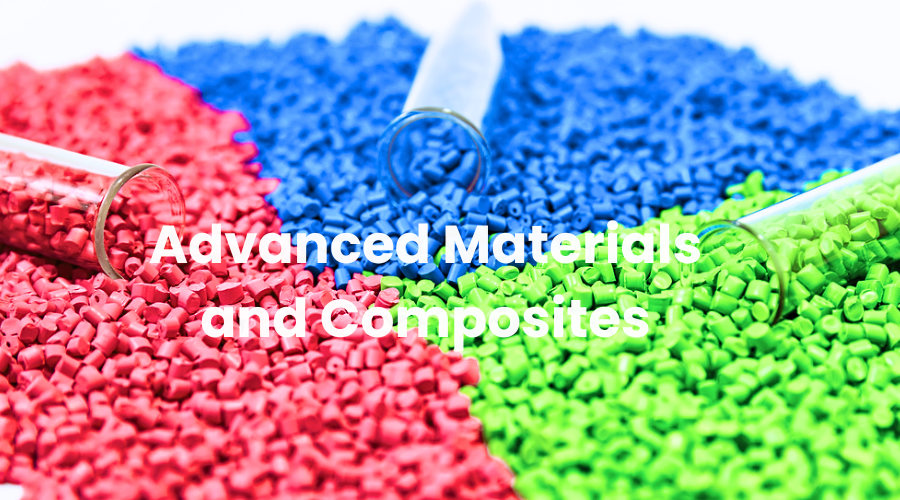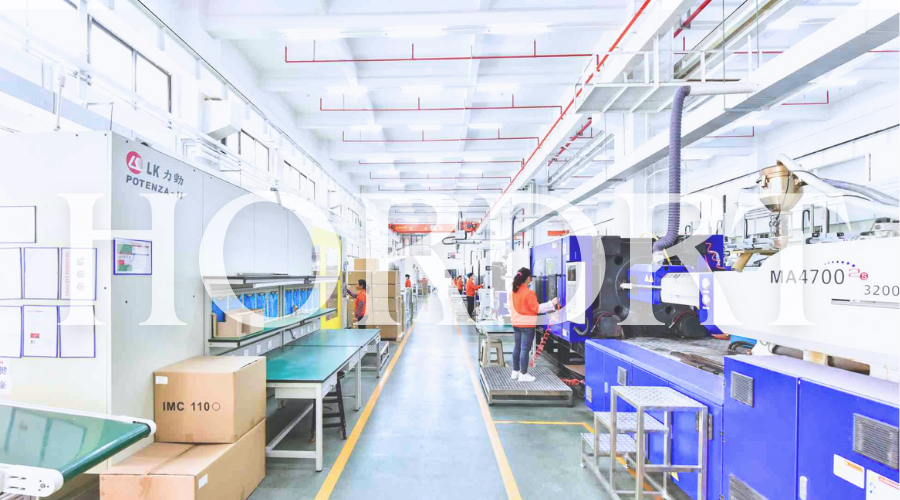Contents
The future of injection molding is poised for significant advancements, shaping the plastic injection molding industry outlook in 2024 and beyond. Plastic injection molding remains a pivotal manufacturing process, integral to numerous industries, from automotive to medical devices. Staying abreast of industry trends is essential for businesses aiming to maintain competitiveness and innovate effectively.

Ⅰ. Sustainability in Plastic Molding
The push for sustainability in plastic injection molding is more critical than ever, with the industry embracing innovative eco-friendly practices to meet growing environmental demands.
Eco-friendly Materials
In 2024, the push for sustainability in plastic injection molding is stronger than ever. The use of biodegradable and recycled plastics is becoming a standard practice, driven by both consumer demand and regulatory pressures. Manufacturers are increasingly turning to bio-based materials like polylactic acid (PLA) and polyhydroxyalkanoates (PHA), which offer environmental benefits without compromising performance
Energy-efficient Processes
Energy efficiency is another key trend, with manufacturers adopting green manufacturing practices. This includes the integration of renewable energy sources into production processes and implementing energy-saving technologies to reduce the carbon footprint of their operations. Companies that prioritize these practices are likely to gain a competitive advantage by appealing to environmentally conscious consumers and meeting stringent environmental regulations
Ⅱ. Technological Advancements
In 2024, technological advancements are significantly shaping the plastic injection molding industry, driving improvements in efficiency, precision, and product quality.
Smart Manufacturing
The adoption of Industry 4.0 technologies is revolutionizing the injection molding sector. The integration of IoT devices and smart manufacturing practices enables real-time monitoring and predictive maintenance, significantly enhancing efficiency and reducing downtime. This technological leap allows for more precise control over the manufacturing process, resulting in higher quality products and reduced operational costs.
Automation and Robotics
Automation and robotics are increasingly prevalent in injection molding facilities. The use of collaborative robots (cobots) to handle repetitive tasks improves efficiency and safety while reducing human error. Automation also allows for greater precision in the molding process, which is crucial for producing high-quality, complex parts. These advancements are essential for staying competitive in a market that demands high efficiency and precision.

Ⅲ. 3D Printing and Additive Manufacturing
The combination of traditional injection molding with 3D printing is emerging as a significant trend. Hybrid processes leverage the strengths of both technologies, allowing for rapid prototyping and the production of custom parts with complex geometries. This approach offers unprecedented design flexibility and reduces time-to-market, making it an invaluable tool for innovation in various industries.
Ⅳ. Advanced Materials and Composites
As the injection molding industry advances, the development and use of high-performance materials are crucial to meeting the evolving demands of various sectors.
High-performance Polymers
The demand for high-performance polymers, such as PEEK and PEI, is on the rise. These materials offer superior strength, thermal stability, and chemical resistance, making them ideal for demanding applications in the medical and aerospace industries. Their enhanced properties ensure reliability and longevity in critical components.
Nanocomposites
Nanocomposites are another area of material innovation. By incorporating nanoparticles into polymers, manufacturers can produce materials with enhanced mechanical properties, such as increased strength and stiffness, without adding significant weight. This trend is particularly beneficial for the automotive and aerospace sectors, where lightweight, high-strength materials are essential.

Ⅴ. Digital Twins and Simulation
Leveraging digital technologies is transforming the injection molding industry, offering new ways to enhance efficiency and product quality.
Use of Digital Twins
Digital twins, which are virtual replicas of physical products or processes, are becoming integral to the injection molding industry. They allow manufacturers to simulate and optimize the design and production processes before physical implementation, significantly reducing errors and time-to-market. This technology enhances product quality and operational efficiency by providing detailed insights into the manufacturing process.
Simulation Tools
Advanced simulation tools are also playing a crucial role in improving product quality. These tools enable manufacturers to model the injection molding process in detail, identifying potential issues and optimizing parameters for better performance. By using simulation, companies can ensure that their products meet stringent quality standards while minimizing development costs.
Conclusion
The plastic injection molding industry is experiencing transformative changes driven by sustainability, technological advancements, and material innovations. By embracing these trends, manufacturers can enhance their competitiveness, meet evolving consumer demands, and contribute to a more sustainable future. For businesses seeking top-tier plastic injection molding services, HordRT offers state-of-the-art solutions that incorporate these cutting-edge trends, ensuring high quality and efficiency in every project.
-q4gvl4k29y4hq8j9rjpapvj0ft06fje63olt7p210i.png)

